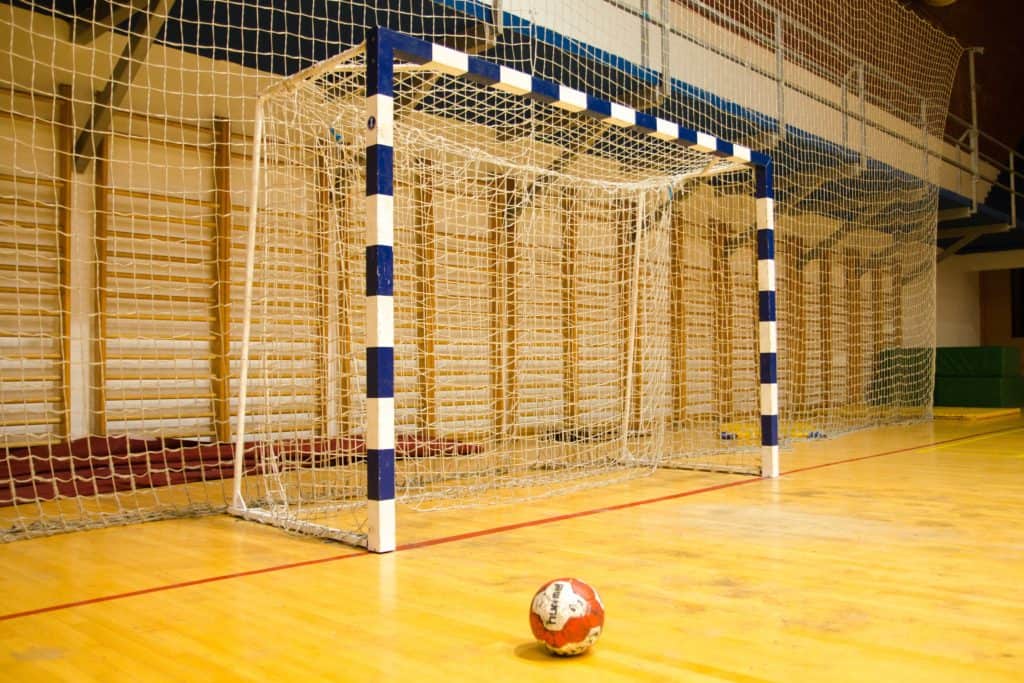
The Importance of Physical Education
Has Physical Education ever really had the same importance as other subjects? We live in a society where obesity is on the rise, mental health challenges are at an all time high and more individuals than ever before are feeling isolated or struggling with social connection. More than ever, people are recognising the essential place of physical health and emotional wellbeing as a foundation for happiness and success. Whilst PE cannot and should not be the only contributor, it does have a significant role to play in promoting and establishing healthy and active habits. If not now, when will we elevate the value of Physical Education in schools?
Could obesity and sedentary behaviour be reduced and potentially avoided if children were given adequate physical skills, motivation and confidence as a result of meaningful Physical Education programs that developed these attributes? Could the current mental health epidemic be slowed or even reversed if all children were given a more substantial diet of daily movement and meaningful opportunities to be active together? Physical Education can provide children with the knowledge needed to stay healthy and the understanding of why they need to stay active. How Physical Education is defined has evolved over time and rightly so, but its importance is often understated or confused with the outcomes of elite sport or sport performance. In this article, we are going to explore this and explain a little more about PE and its importance.
Physical Education Curriculum
What is Physical Education in Schools? Well, like all curriculum subjects, Physical Education classes have a National Curriculum for PE. The National Curriculum for PE has four overarching aims, which are to ensure that all pupils:
- develop competence to excel in a broad range of physical activities
- are physically active for sustained periods of time
- engage in competitive sports and activities
- lead healthy, active lives
Ofsted have also provided guidance on what Physical Education should in include with repeated reference to the three pillars of:
- motor competence – knowledge of the range of movements that become increasingly sport and physical activity specific
- rules, strategies and tactics – knowledge of the conventions of participation in different sports and physical activities
- healthy participation – knowledge of safe and effective participation
Primary schools catering for children up to the age of 11 should also utilise play based pedagogies and exploration. Providing opportunities to experience a wide range of physical activities with a focus on developing a range of movement skills. With a child-centred approach and a focus on play we stand the best chance of stimulating positive relationship with physical activity and the wider health benefits. As children progress, their Physical Education classes should also progress with opportunities to explore a range of activities including both team and individual sports. Increasingly complex tactical thinking, decision making and compositional ideas will also develop and progress over a sequence of lessons.
There is consensus that the principle aim of the PE curriculum is to develop a healthy and active lifestyle from a young age. By inspiring all children to be physically active and promoting a level of enjoyment through physical activities so they continue to seek out further opportunities.
It is difficult to define physical education in its entirety, it is often necessary to adapt practice depending on the individual child’s needs, motivations and abilities, or the school context itself. A physical educator should be able to nurture all pupils and encourage individuals to pursue further activities outside of school.
What Are Physical Education Classes?
The Physical Education curriculum should be far more than a simple ‘basket of sports’ pulled together by the timetable and facilities available. Instead Physical Education should be much more strategic and thoughtfully considered. Many schools utilise invasion games such as football, rugby, hockey, netball and basketball as significant contributors to their curriculum. It is important to remember that these are just some of the vehicles for learning in, through and about movement. It is important that there are a range of culturally and contextually relevant activities that come to life in supportive and safe environments. Regular exercise can help children with brain development and fitness but that is not all that is does, it is great for the mind, body and soul.
What About Physical Literacy?
Physical literacy is a term that is increasingly being recognised as a driving force for change. The International Physical Literacy Association (IPLA) define physical literacy as ‘the motivation, confidence, physical competence, knowledge and understanding to value and take responsibility for engagement in physical activities for life’. It is essential we support every child to develop their motivation, confidence, a personal connection and value sport, physical activity and movement if they are to flourish in life and in society.
What Counts as Physical Activity?
The Chief Medical Officers (CMO) guidelines are for children and young people to do an average of 60 minutes physical activity a day and current statistics from UNESCO and Sport England suggest we are falling drastically short of this. Could better PE in schools hold the key to bucking that trend of declining health, fitness and wellbeing? Physical education departments can not only influence engagement in curriculum time, but also extra-curricular and throughout the school day. If physical activity levels are to improve promoting opportunities to be active should be a whole school endeavour and PE departments can play a leading role in supporting and encouraging this.
Remember, we should be getting our heart to beat a bit faster than normal every hour of the day. We should be reducing sedentary behaviour – moving more and sitting less but modern day living and jobs do not support this.


Responses